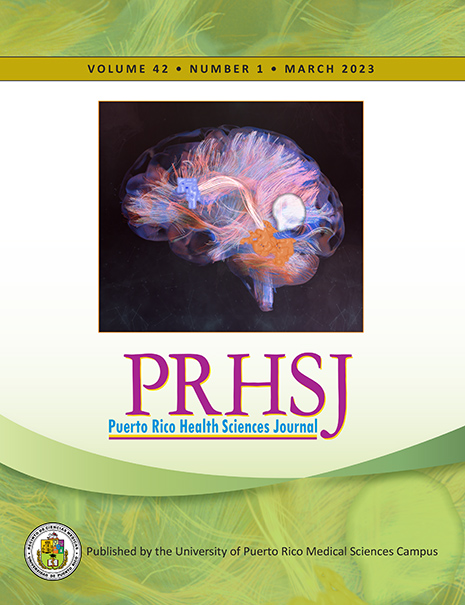Abstract
Objective: Approximately 20% of the errors committed at hospitals are attributed to medication error, which is one of the main things threatening the safety of patients. Every hospital has a list of medications that are considered time-critical scheduled medications. Opioids with a specific schedule of administration are included on these lists. These medications are used to treat patients with chronic or acute pain. Any variation in the established schedule can cause undesired effects in patients. The objective of this study was to assess the compliance rate of opioid administration; that is, determine whether these medications were being administered within the appropriate window (30 minutes on either side of the scheduled time). Methods: The data were collected by reviewing the handwritten medical records of all the hospitalized patients who received time-critical opioids from August 2020 through May 2021 at a specialty cancer hospital. Results: In total, 63 interventions were evaluated. Of the 10 months included in the analysis, the percentage of administration required by the institution and accrediting agencies (95%) was met in 3. September was the month with the lowest rate of compliance, this being 57%. Conclusion: The study demonstrated low compliance in terms of the administration time of scheduled opioids. These data will help the hospital institution to find areas that can be improved to achieve better accuracy in the administration of this category of drugs.
Authors who publish with this journal agree to the following terms:
a. Authors retain copyright and grant the journal right of first publication with the work simultaneously licensed under a Creative Commons Attribution License that allows others to share the work with an acknowledgement of the work's authorship and initial publication in this journal.
b. Authors are able to enter into separate, additional contractual arrangements for the non-exclusive distribution of the journal's published version of the work (e.g., post it to an institutional repository or publish it in a book), with an acknowledgement of its initial publication in this journal.
c. Authors are permitted and encouraged to post their work online (e.g., in institutional repositories or on their website) prior to and during the submission process, as it can lead to productive exchanges, as well as earlier and greater citation of published work (See The Effect of Open Access).
